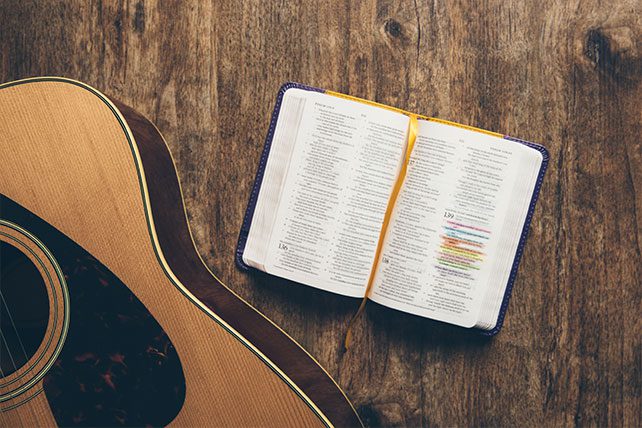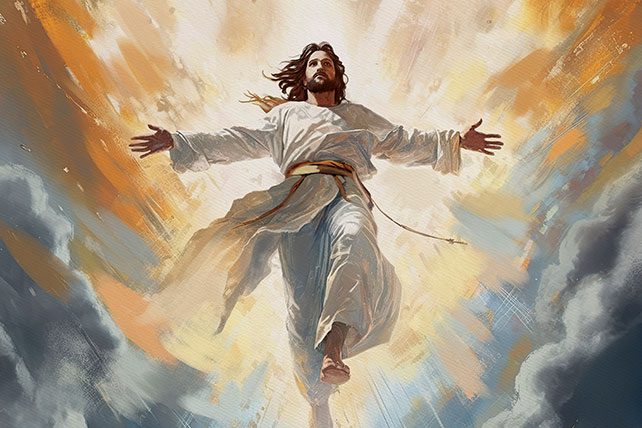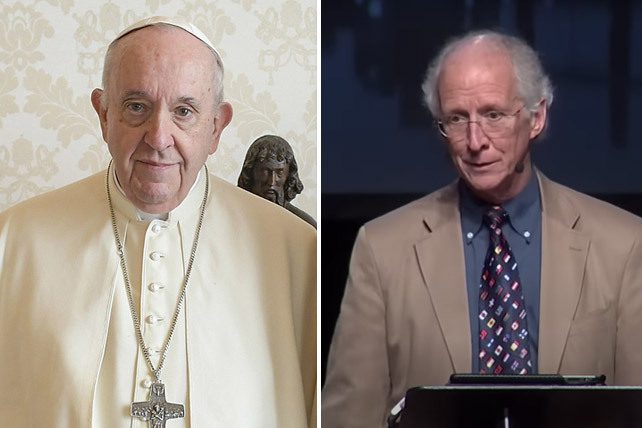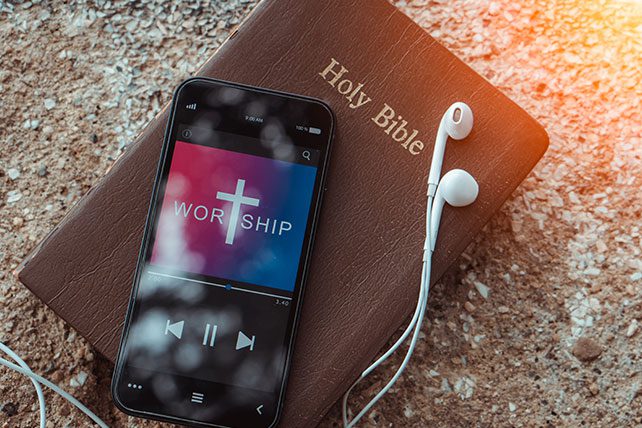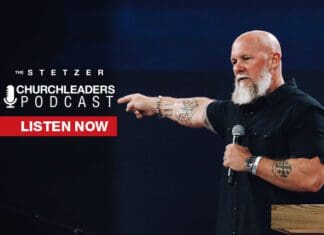It’s so hard not to do it. I’ve done it. Maybe you’ve also done it as a church leader. The problem? Thinking that the goal of your church is to reach everyone. Trying to reach everybody is actually really bad evangelism strategy.
It sounds appropriate. I get that. I mean what else are you going to say? I’m only going to reach a few people. Some people? No people? Besides, the Gospel is for everyone.
Yet, as much as we hate it, most of us know the truth: that trying to reach everybody is a poor evangelism strategy, one of the fastest ways to ensure you’ll reach nobody.
Why Trying to Reach Everybody Is a Really Bad Evangelism Strategy
I know that sounds like it doesn’t make sense, but hang in there. There are at least three reasons that trying to reach everybody is a poor evangelism strategy and why focusing on reaching a particular segment of people is a much better approach.
Here’s why.
1. NOBODY’S ACTUALLY REACHING EVERYBODY
Think about your church today. You are currently reaching a segment of the population—not the entire population. You’re not reaching everybody. I’m not reaching everybody. Nobody’s reaching everybody.
Not only is thinking you’re going to reach everybody delusionary, it’s also bad theology.
Your church is a church, but it’s not the church. The church consists of hundreds of millions of Christians and hundreds of thousands of churches and congregations around the world and within your community.
To think your church is the entire body of Christ is to usurp the role of [the whole range] of other believers and congregations.
Is your church for everyone? No it’s not. The Gospel for everyone, and your church gets to play a part.
It’s going to take more than just your church to reach your city. And more than just you to reach your community. To think you can do it all is more than little bit arrogant and bordering on heretical.
I love that you want to reach everybody (I still do too), but you’ll actually reach more people if you get more focused.
Your church is not the body of Christ. It’s a part of the body of Christ.
2. YOU’RE BEST EQUIPPED TO REACH A PARTICULAR KIND OF PEOPLE
Sure, just like you, I want everyone to love our church and everyone to love me.
And that’s the problem right there.
In addition to unpacking that in a counselor’s office (here’s a free blog post on people pleasing to get you started), the truth is people and congregations attract certain kinds of people, just like hip hop attracts a certain audience, alternative music attracts another, and coffee shop acoustic yet another.





